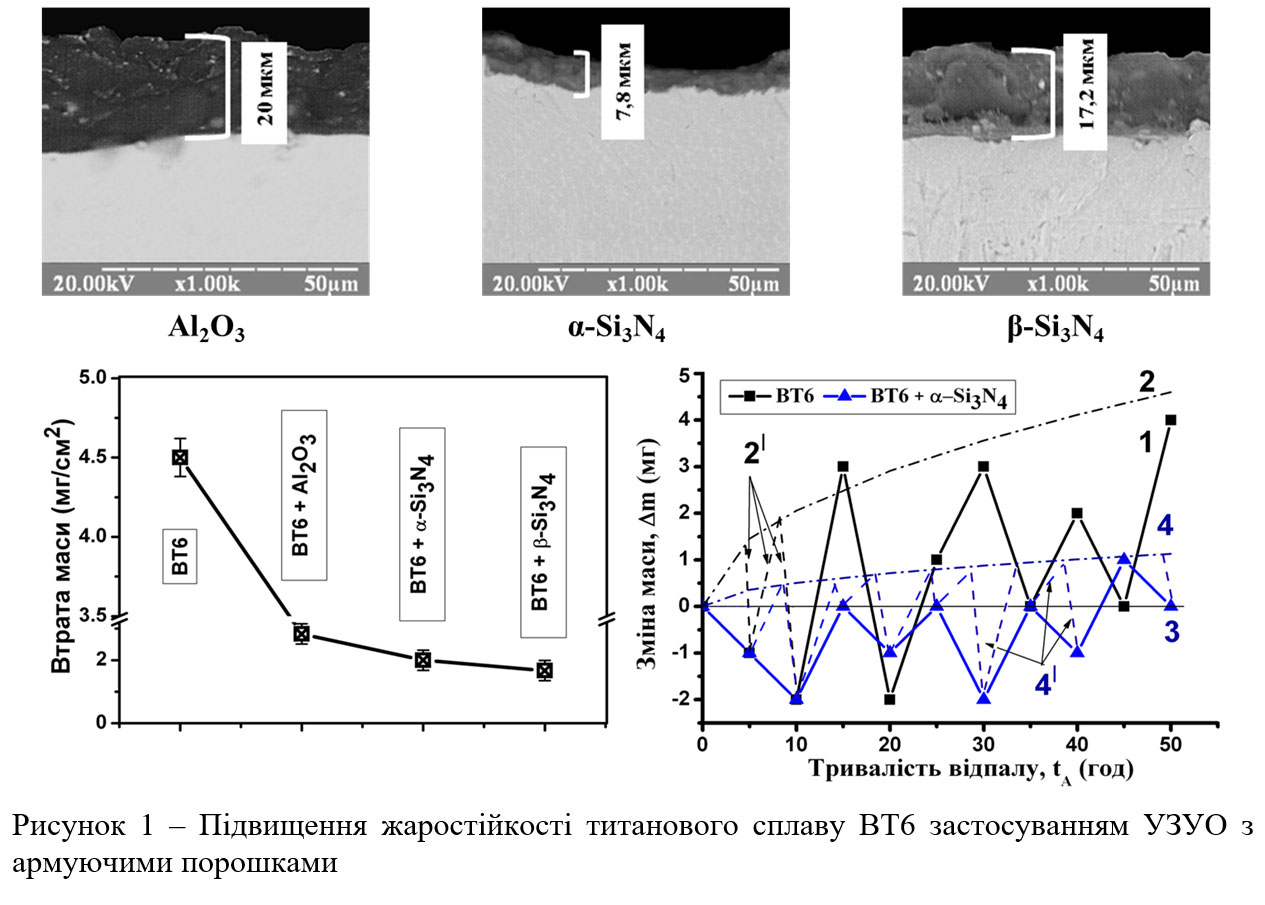Scientific bases of mechanochemical UIT-synthesis of wear-resistant coverings of structural alloys of aviation equipment for increase of military ability
A new approach to the creation of composite wear-resistant coatings is proposed, which consists in realizing the advantages of combining the effect of mechanical nanocrystallization and mechanochemical reactions in the near-surface layers treated with ultrasonic impact treatment (UIT) in chemically active and inert media. This fundamentally distinguishes the proposed technique from the known methods of synthesis of bulk composite materials and provides more effective, compared to heat treatment and standard UIT schemes, surface hardening. Criteria for the influence of different technological modes of UIT on structural-phase transformations, concentration inhomogeneities, layer-by-layer evolution of structure, mechanical properties, heat resistance, wear resistance and corrosion resistance of composite coatings formed by embodiment in surface layers of structural alloys (steel, brass, titanium, titanium) particles of Ti, Ni, Zr, Al2O3, B4C, BN and the like. The technological modes of combined influence of UIT and electrospark or laser processing are worked out. The research provides practical opportunities to increase the efficiency of surface modification of structural alloys and increase the service life of products, namely: surface hardening and wear resistance up to 6 times, increasing the thickness of the modified layer from 500 μm to 2 mm, reducing the duration of surface layers to several tens seconds, reducing specific energy consumption by ~ 30%. Regarding the increase of heat resistance, the best effect was achieved for Ti-6Al-4V alloy after ultrasonic powder with β-Si3N4 powder - weight loss after cyclic annealing at 650 °C for a total duration of 50 hours is reduced by three times.

| Attachment | Size |
|---|---|
| 752.07 KB |




